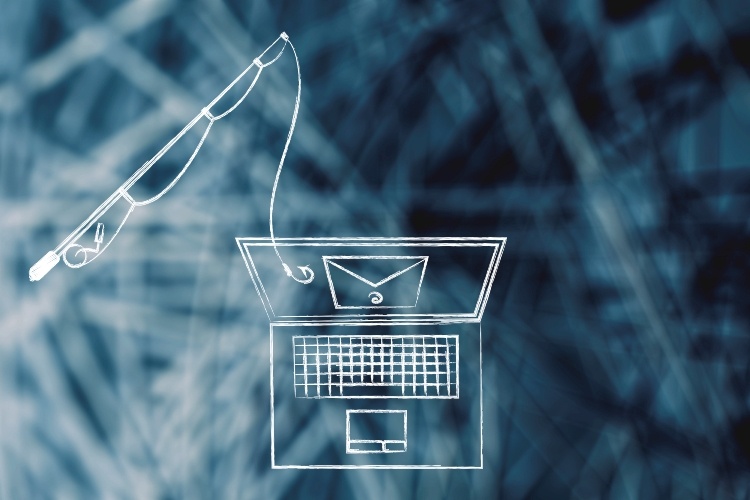How to Spot Phishing Attacks
hishing is a fraudulent method of sending emails that are purported to be from the reputable companies in a bid to encourage the receiver to reveal their personal information such as credit card number and password. In most cases, phishing is done via email communications.

The good news is that there are certain ways that you can use, to distinguish suspicious emails from the loss of other sensitive data. One of these is the use of Sonicwall email protection. In most cases, these data leaks happen as a result of employees not being armed with information that helps to protect the critical data of a company. Here are some common indicators of a phishing attempt and how to avoid phishing attacks.
Poor Grammar or Spelling Mistakes
It is rare for a communication department of a big corporate to send a message to its customers without going through it several times to check for grammatical and spelling errors, proofreading and editing. Therefore, when you get an email with these errors, it could be a sign that you are dealing with a phishing attempt. Also, be wary of those generic greetings such as “Dear Member†or “Dear customerâ€. All these are reflagged, as many of the legitimate companies will use your name in their communication.
Look Out for Threats
You will be warned of things like your account getting closed or the need for immediate action. You may even be told that the account has been compromised. In most cases, these are tactics to intimidate you, as they take advantage of any concern and anxiety you get, to provide your personal information. If there is something that doesn’t add up, feel free to contact your bank. Remember that scammers are not only using credit cards, banks and email providers to cover for the scams; many are still using the threat of a government agency such as the FBI and the IRS to scare their targets.
Be Wary of Documents
Many organisations report that some of the successful phishing attacks are disguised as something that an employee was expecting. This could be a confirmation for shipping, HR document or even a request for the change of password that appears like it is from the IT department. Be sure to scrutinise such kinds of emails before you can download any attachments or even click on any links that are included.
Check the Name
If you get a message or email from someone you don’t know giving you directions for signing on a website, you will need to be very careful. This is particularly the case if the person is asking for your social security number as well as your password. Any legitimate company will not ask for this kind of information using emails or instant messages. Therefore, this needs to be a red flag. You will not be asked by your bank to send your account number as this is information that is already in their hands. Also, double-click the email on the sender.
Conclusion
Bear in mind that many phishing attempts will use the name, address and logo of a company, similar to a big brands name. However, with closer scrutiny, you will realise that the email is not from the genuine company. You can use SonicWall email security software or install a reliable firewall like Sonicwall Firewall to protect yourself.
Read next article: How firewalls work against threats?


